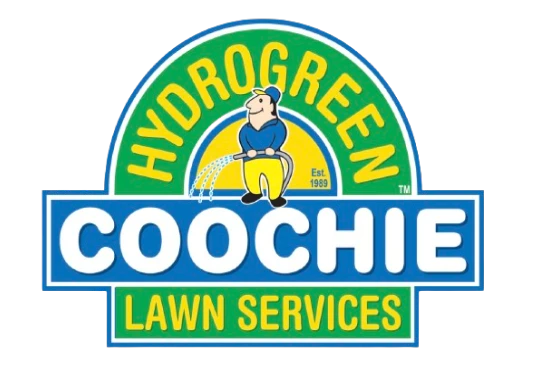Dogs are part of the family, bringing joy, laughter, and… those unsightly yellow patches on your perfect green lawn. Dog urine lawn repair is a common challenge for pet owners, and it can feel like a never-ending battle.
Are you constantly asking, “How to fix grass killed by dogs?” Do you dream of a lush, healthy lawn where your furry friend can play without leaving behind a trail of destruction? You’re not alone. Many homeowners struggle with dog wee patch repair, feeling like they have to choose between their beloved pet and a beautiful yard.
But you don’t have to compromise. We’re here to show you how to have both. This guide will reveal the science behind those yellow spots and, more importantly, provide you with the best pet-friendly lawn repair solutions to restore your lawn and maintain a harmonious home for everyone.
Table of Contents
- The “Why”: Understanding Dog Urine Damage
- The “What”: Immediate First Aid for Dog Wee Patches
- The “How”: Pro-Level Lawn Repair Strategies
- Preventative Measures: Creating a Resilient, Pet-Friendly Lawn
- FAQs for Dog Owners
- Your Ultimate Solution: The Coochie HydroGreen Pet-Friendly Lawn Program
The “Why”: Understanding Dog Urine Damage
It’s not your dog’s fault, and it’s not that they’re “bad.” It’s biology! Dog urine contains a high concentration of nitrogen. While nitrogen is a key nutrient for grass, too much of it acts like an overdose, burning the lawn and creating those characteristic yellow or brown spots.
- The “Halo” Effect: Notice how there’s often a ring of extra-green grass around the yellow patch? That’s where the nitrogen has diluted to just the right amount, acting as a fertiliser. The centre, however, got the super-concentrated dose.
- The Soil Impact: Beyond burning the grass, dog urine can also alter the soil’s pH and leave behind salt residues, making it harder for new grass to grow in those spots.
Understanding this helps you move beyond frustration to effective solutions.
The “What”: Immediate First Aid for Dog Wee Patches
When you spot a fresh dog wee patch, quick action can make a significant difference. Think of it as an emergency response to dilute the “overdose.”
- Act Fast with Water: The moment your dog “goes,” grab the hose and thoroughly drench the area with water. This helps to dilute the concentrated nitrogen and flush it away from the grass roots. The more water, the better.
- Don’t Scrub or Dig (Yet): Your immediate goal is dilution. Aggressively scrubbing or digging at a fresh patch can do more harm than good to still-living grass.
- The “So What?” Factor: This immediate dilution is your best bet for preventing serious burns. It won’t always save a spot, but it significantly reduces the severity of the damage.
The “How”: Pro-Level Lawn Repair Strategies
For those existing yellow or brown spots, you need a systematic approach to effective pet-friendly lawn repair. This isn’t just about throwing some seed down; it’s about rebuilding.
- Dilute and Rinse: For older spots, repeatedly drench the area with water over a few days to wash away salt and excess nitrogen buildup.
- Remove the Dead Stuff: Once the patch is completely dry, gently rake out any dead grass and thatch. This prepares a clean seedbed and allows new growth to emerge.
- Amend the Soil (Crucial Step): Dog urine can leave the soil inhospitable. Apply a thin layer of compost or a specialised soil conditioner. This helps to rebalance the pH and improve soil structure, creating a healthier environment for new grass.
- Re-seeding or Patching:
- Seed: Choose a grass seed variety that matches your existing lawn and is known for its durability (e.g., Couch or Kikuyu for warmer climates). Lightly spread the seed, cover with a thin layer of topsoil, and keep consistently moist until established.
- Patching: For smaller, stubborn spots, you might cut out the dead turf and replace it with a fresh piece from another area of your yard or a new turf roll.
- Protect the Repair: Keep pets (and kids!) off the newly seeded or patched areas until the grass is well established. Use temporary fencing or barriers if needed.
Preventative Measures: Creating a Resilient, Pet-Friendly Lawn
The best defence is a good offence. By making your entire lawn stronger, you reduce the impact of future urine spots.
- Hydrate Your Lawn: A well-watered lawn is more resistant to urine burns. Ensure your grass is getting deep, consistent watering, especially in warmer months.
- Build Health from the Soil Up: A truly resilient lawn starts with what’s underneath. Beyond just basic fertilisation, a lawn’s ability to withstand stress is tied to its soil health and root strength. Professional-grade treatments focus on building this foundation, often including specialised soil conditioners and wetting agents. This approach helps the ground absorb water and nutrients effectively, creating a dense, robust root system and thicker grass growth. As a result, any damage is less noticeable, and the lawn can recover much more quickly.
- Designated “Potty” Areas: If possible, train your dog to use a specific area of the yard, perhaps covered in mulch or pea gravel. This concentrates the damage and protects your main lawn.
- Consider Dog Rocks (with caution): Some pet owners use “Dog Rocks” in their dog’s water bowl. While some report success, scientific evidence is mixed, and they can alter your dog’s water consumption. Consult your vet before trying these.
FAQs for Dog Owners
Q: Will my grass ever grow back on its own after dog urine damage?
A: Sometimes, if the damage isn’t too severe and the nitrogen has sufficiently leached away. However, for quicker and more reliable repair, actively re-seeding or patching is usually necessary.
Q: Are there special “dog-friendly” grass types?
A: Some grass types, like Couch and Kikuyu, are generally more resilient and recover faster from damage than finer-bladed varieties. However, no grass is truly “urine-proof.” The key is a strong, healthy lawn.
Q: Can you put lime on dog urine spots?
A: While lime can help neutralise soil acidity, dog urine primarily causes damage through excessive nitrogen and salt, not necessarily extreme acidity. Over-applying lime can create other imbalances. Soil conditioners are generally a safer and more effective option.
Q: My dog keeps going in the same spot. How do I stop them?
A: Dogs are creatures of habit. Try making the spot temporarily unpleasant (e.g., with a temporary barrier, an outdoor scent deterrent, or by placing a large object there). Re-seeding the area can also break the “scent cycle.”
Your Ultimate Solution: The Coochie HydroGreen Pet-Friendly Lawn Program
You want to enjoy your beautiful home and your best friend, without the constant worry of unsightly lawn damage. That’s exactly what our Lawn Care Program is designed for.
We understand the unique challenges pet owners face. Our comprehensive program doesn’t just treat symptoms; it builds a stronger, more resilient lawn from the soil up. Our technicians use scientifically formulated fertilisers, advanced wetting agents, and targeted treatments. This creates a denser, healthier turf that is better equipped to resist and recover from dog urine spots.
Let us provide you with a truly pet-friendly lawn repair solution. Reclaim your weekends and enjoy a vibrant green lawn that stands up to family life, paws and all.
Ready to transform your lawn into a beautiful, resilient space for everyone? Contact Coochie HydroGreen today for a FREE, no-obligation lawn assessment and quote.



